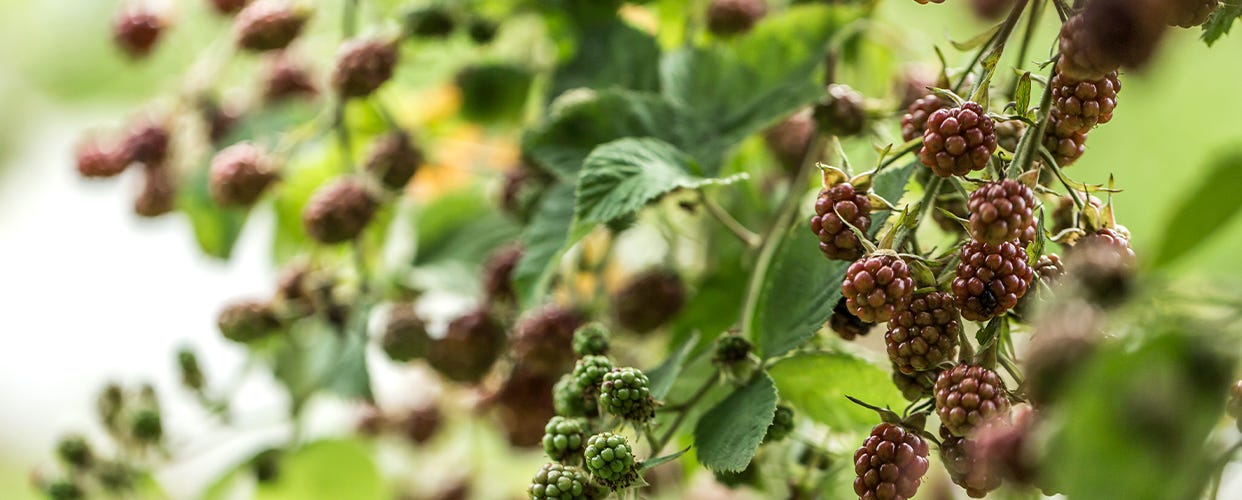
Foraging Autumn’s Hedgerows
Autumn is the season of abundance, so we have compiled some tips to help you get the most out of nature's larder as you scour the hedgerows for edible treasure.
No special equipment is needed – just a keen eye. Sturdy footwear and a basket, trug or bag to collect your findings is recommended.
Try to forage away from busy roads and avoid anything growing too low to the ground. A good rule of thumb is to forage above the height at which a dog might cock its leg…
While it is tempting to graze on the fruit as you gather, it is best to give everything a good wash when you get home before eating.
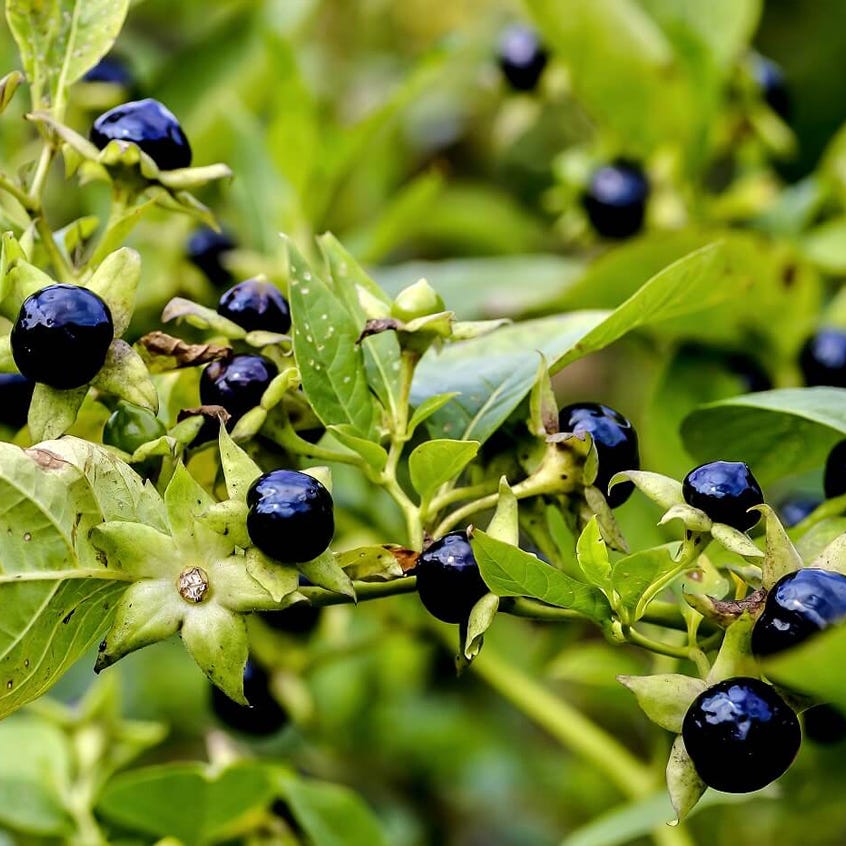

DEADLY NIGHTSHADE
Make sure you know what you are foraging as some things can be harmful despite looking tempting. Deadly nightshade, with its red berries and pretty flowers, is a good example. It’s best to check a field guide and never eat anything from the wild unless you are absolutely sure you have identified it correctly first.
BLACKBERRIES
Blackberries are often the first to make an appearance at the middle or end of summer. They are lovely in their natural form – not all hedgerow finds can be eaten raw – and can be used in all manner of recipes, from classic crumbles and pies to our blackberry and kefir smoothie for something a little different.
Jars of homemade hedgerow jam or jelly make a thoughtful gift and a great souvenir of your foraging quests – try combining blackberries with apples (or foraged crabapples) which are naturally high in pectin to ensure a good set.


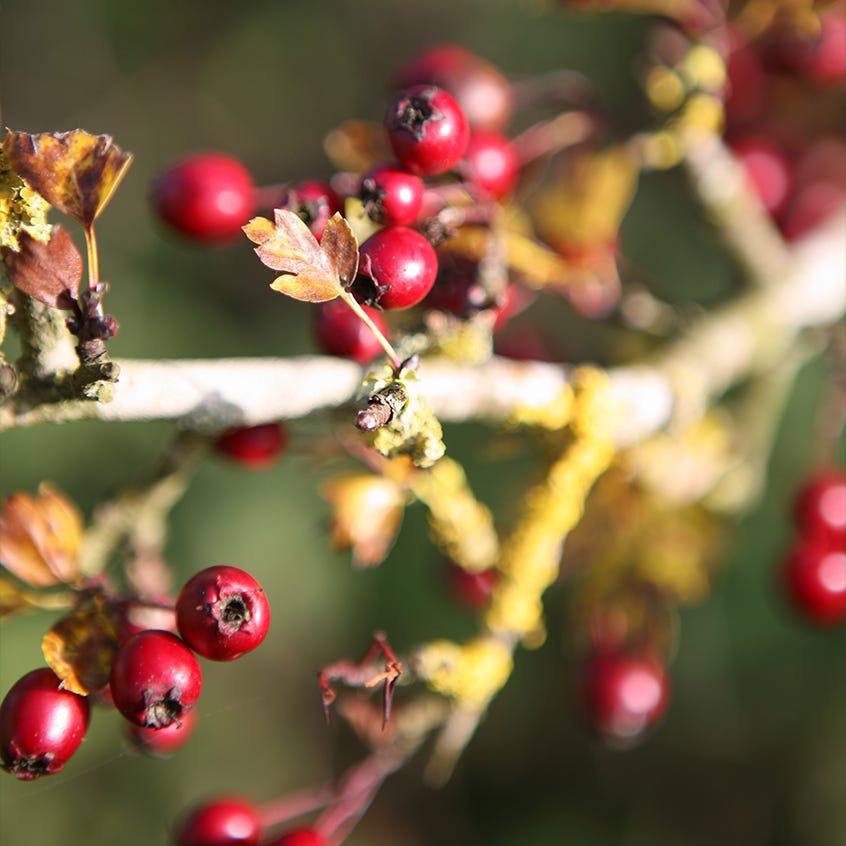

HAWTHORN BERRIES
You can use hawthorn berries to make “caveman sweets”. Place a couple of handfuls of berries into a bowl, squish them with your hands to help separate the stones from the flesh and push through a sieve with the back of a spoon.
Spread the thick orange goo onto some greaseproof paper and let it dry and set into a jelly-like consistency – you can put it into a low oven to speed this up.
Hawthorn berries are high in pectin, giving the flesh a pleasing chewy, gummy texture, but there is not much in the way of taste, so have fun experimenting with flavours by adding honey, herbs or spices to the goo before it dries.
ROSEHIPS
Rosehips cannot be eaten raw but are delicious cooked in many ways. The classic use for these oval-shaped red berries is rosehip jelly, perfect with roast meat and game or spread on toast. You can also make rosehip syrup for drizzling on porridge, pancakes, ice cream etc. Or dry the hips and make rosehip tea.
Rosehip seeds are an irritant, mischievous youths have been known to use them as itching powder in pranks!
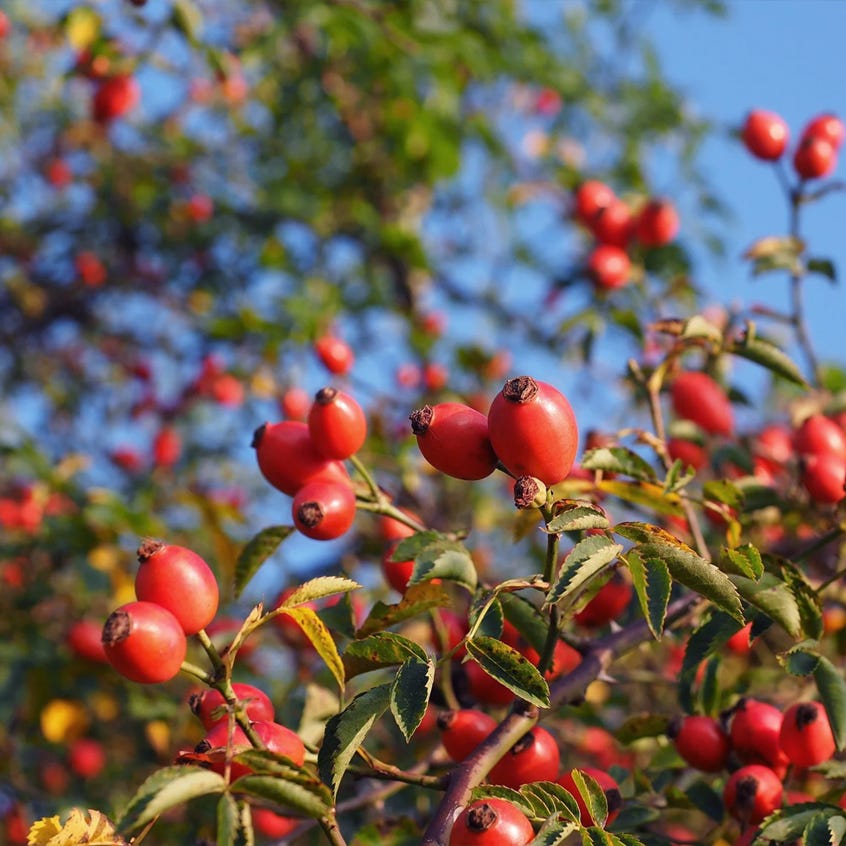

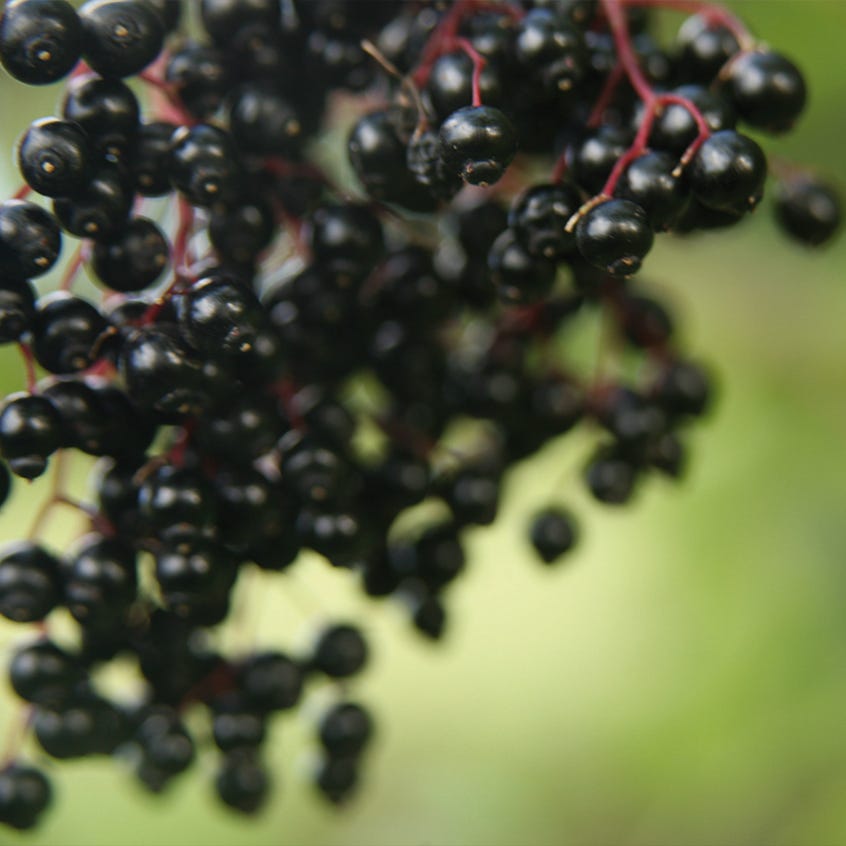

ELDERBERRIES
The elder bush offers much for foragers, not just in early summer in the form of fragrant flowers, but also in autumn when their richly toned berries are fruiting.
Pick to make delicious jams and jellies to serve alongside game, or soak in alcohol before heating with sugar to form a thick, dark liqueur akin to a delicious tawny port.
It's best not to eat elderberries raw – cook them first to remove the lectin and cyanide.
SLOES
Sloes aren’t just for sloe gin – you can make jams, jellies, even sorbet with this versatile berry. As a variation to gin, try steeping the fruit to flavour whisky or cider.
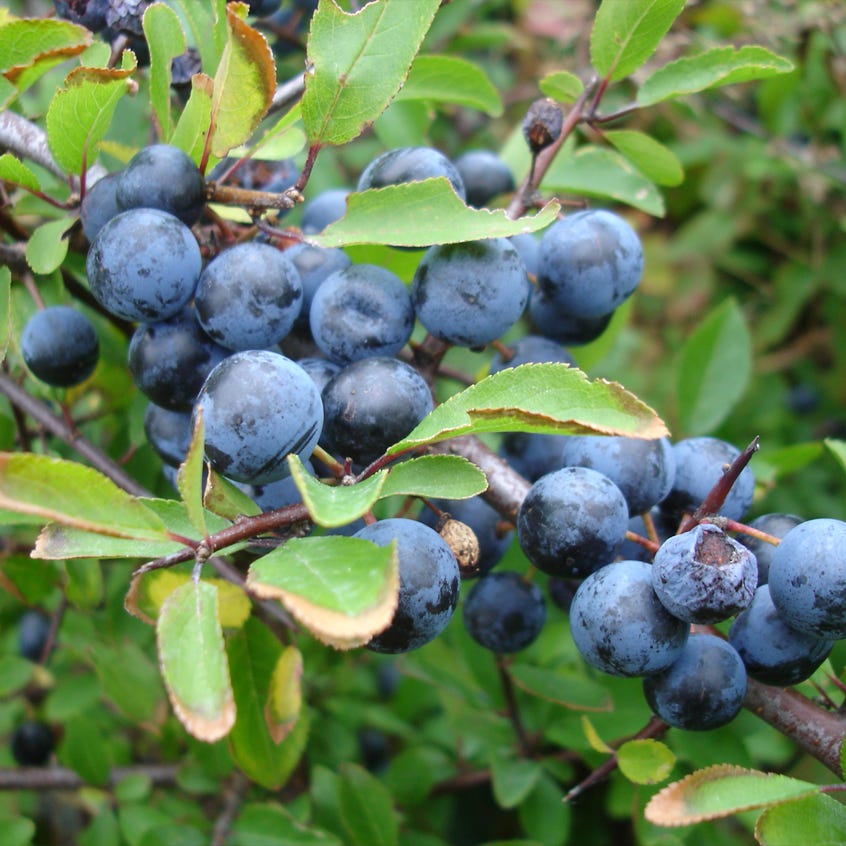

Find more seasonal inspiration in our recipes section, at our wellbeing workshops or on a course at our Cookery School.
